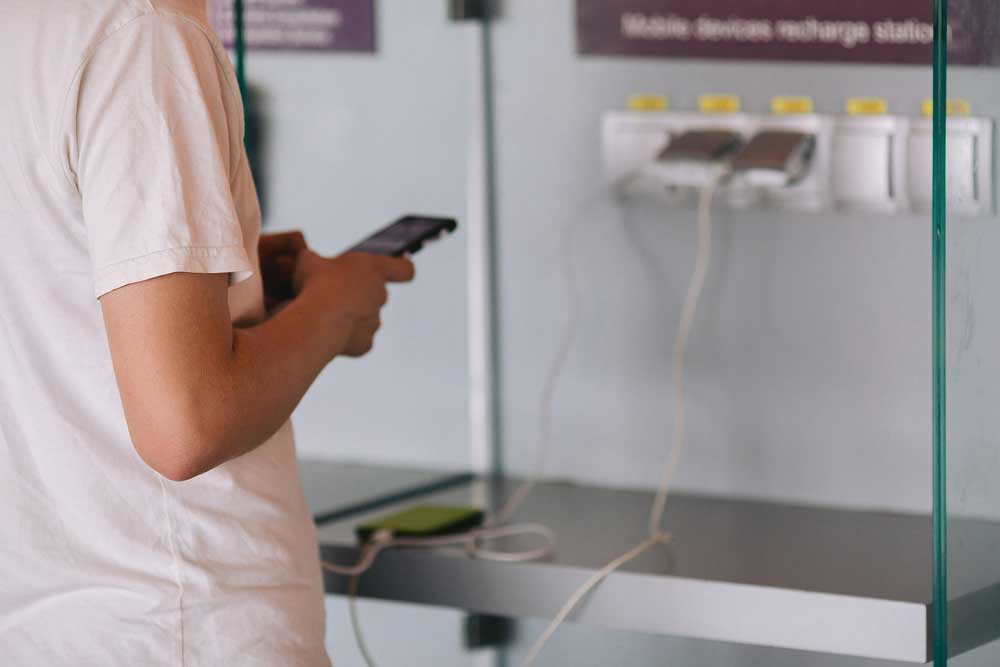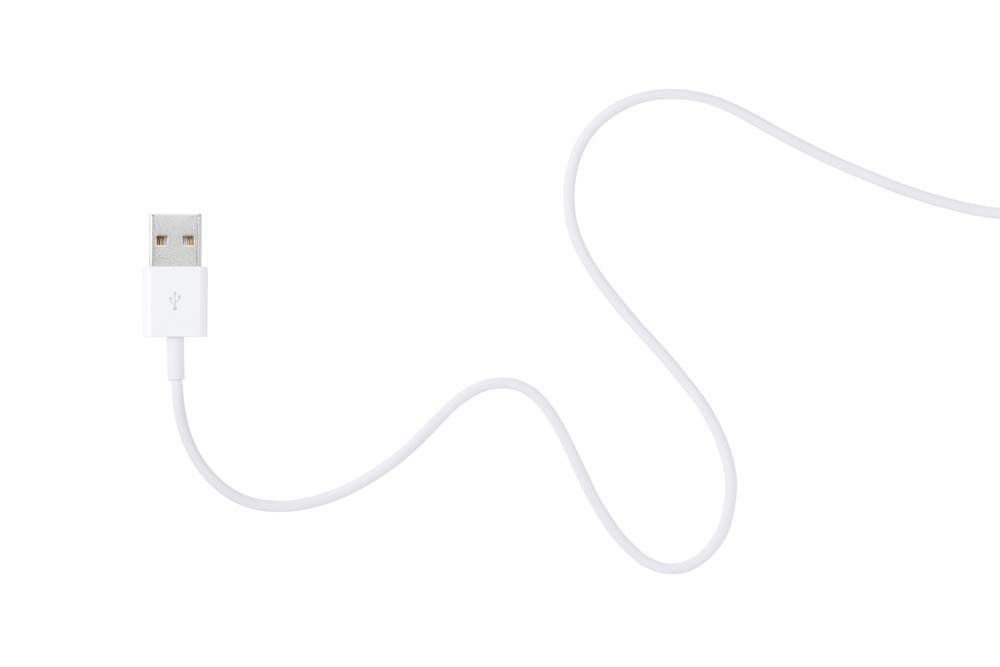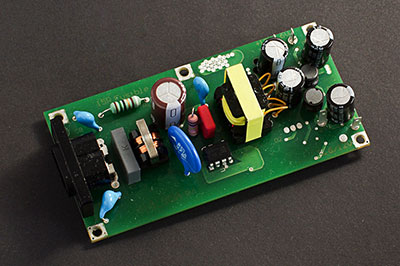A USB cable tester is an important tool in our lives today. With such modern devices, you'll be in a good position to know whether a USB port is faulty, whether the correct wiring was the problem during manufacturing, or if you are using the wrong cable table for your connected devices. This article is relevant if you want to avoid all the inconveniences of a faulty USB cable.
From this article, you'll learn how to select the best USB cable testers and use them and some of the best USB cable testers in the market. You'll also find out why you may want to contact ourpcb for the best cost-effective USB cable testers.
Contents
- What is a USB Cable Tester?
- Why Use a USB Cable Tester?
- Recommended USB Cable Specification
- How to select a suitable USB Cable Tester
- The ease of operation
- Accuracy
- Security and protection
- Current support
- The industry standard
- How to use a USB tester/meter
- Introduction to quality USB Cable Tester
- PowerJive USB meter
- KWS-V30 USB tester
- Klien Tools ET920
- How to Test USB Cables without a USB Cable Tester
- Visual Inspection
- Manual Tests
- Using a Multimeter
- Conclusion
What is a USB Cable Tester?
USB cables are modern devices you can find almost everywhere and are used in many applications. With the capability of recharging or powering your computer, USB cables are very practical. Sometimes, you may want to transfer data from one end of your device to another.
In this case, you'll require a USB tester. A USB tester is an electronic device used to test the output of power banks and charges and check the rated capacity measurements of a device. It helps diagnose a USB charging cable at a glance.

(An up-close image of various cable types)
Why Use a USB Cable Tester?
You use a cable tester because you don’t want to be stuck with a low-quality cable.
A faulty USB cable means you cannot charge your phone.
Also, if you’re using a faulty USB for a project, such as linking Raspberry Pi to a computer, it will not work.
Therefore, testing your USB cable is essential in ensuring it performs efficiently.
Most of the cable problems are manufacturer defects. Hence, a system that identifies these issues is critical to ensuring optimal functionality during use.

LAN and USB Cable Tester
Recommended USB Cable Specification
You should buy a USB with the following features:
- Primarily, your cable should carry a minimum current of 3 amps without a significant voltage drop.
- Also, you should consider the USB cable gauge. Ideally, it should have a gauge of 24AWG, but getting a thicker one is better.
- Finally, you should also consider the cable wire resistance. It should be as low as possible, ideally a maximum of 0.1 ohms.
Special Offer: Get $100 off your order!
Email [email protected] to get started!
How to select a suitable USB Cable Tester

(A team testing various components)
Choosing the best USB cable tester is a difficult undertaking for many people out there.
But if you are here, count yourself lucky since we will thoroughly acquaint you with what you need to factor in when selecting the best USB cable tester.
So, what exactly should you be looking for in a tester? Here's what you need to consider:
-
The ease of operation
Any USB cable tester should be simple to operate and use anytime you intend to use it.
It should immediately relay the required results upon plugging or connecting it to your USB port.
There should be no need to press buttons or initiate a mode selection process to get the desired results.
-
Accuracy
Among other things, your USB cable tester should be able to give you accurate results regardless of the cable type that you test.
With accurate results, you'll be avoiding plenty of mishaps and other inconveniences when using your USB cable.
-
Security and protection
Your USB cable tester should be secure and safe to bear extreme voltages in that if the voltages go beyond the rating of your USB tester, no damage could occur to it.
Your USB cable tester should be able to automatically turn itself off so that it doesn't burn down. The same also applies in case there's an overcurrent flow.
-
Current support
Your USB cable tester is also more of a current testing device. It should be able to support current regardless of the port current.
In other words, your USB cable tester should be able to quickly show from which port –input or output port- current is flowing to which port.
Technicians testing the functionality of a USB cable tester:

-
The industry standard
It will be of no use if you proceed to purchase a USB cable tester that lacks the recommended current and voltage ratings.
It will have no purpose if you purchase a cable tester that falls out of the recommended industry voltage and current standards. An ideal cable tester should have four extra wires.
The four extra wires are the ground, 5V, data -, and data +. 5V wires and the ground provide from the host to a given device.
How to use a USB tester/meter
Using a USB tester/meter is not a difficult undertaking, especially if you have an electronic device. For you to use the USB tester meter effectively and get the desired results, you need to follow the following steps:
1: Observe the ports and figure out the input and output ports. In most cases, you'll find an indication of the input and output power pins.
2: Proceed to plug one end of your cable into the USB-A port while you hit the other end into the USB micro-B.
3: After you plug in, you should be able to see two or four LED lights. These LED lights signify the availability of data wires.
4: Take note of the voltage since there will be a display of current the moment you connect the load.
5: Check every parameter on the screen to find out if everything is fine. Check if the voltage displayed on the USB meter matches your expectations.

(A man charging the phone with cable type C)
Introduction to quality USB Cable Tester
If you are keen enough, you'll notice plenty of USB cable testers in the market ready for purchase.
Unfortunately, not all of them are of the desired quality and with the ability to serve you well.
While these testers are in plenty, the following are three of the best USB cable testers currently on the market:
-
PowerJive USB meter
The PowerJive USB meter is one of the market's best and most widely used USB cable testers.
With this tester, you don't have to source external batteries since it has mobile batteries.
With an amazing accuracy of 1%, another notable feature of this tester is that it's ideal for a wide range of applications such as voltage, current, and capacity measurements.
-
KWS-V30 USB tester
This USB tester is amazing, especially in terms of accuracy and quality. Its notable features include overcurrent protection, overvoltage, and many displays meant for clear reading.
It's also low on power consumption, affordable, and comes with an inbuilt mobile battery.
-
Klien Tools ET920
Even though this USB cable tester is slightly pricey, on the other hand, it's lightweight, high quality, and with the ability to test both type-C cables and USB A.
It also comes with a 3V coin cell battery. The mobile battery saves you the hassle of searching for external batteries to power your USB tester.
How to Test USB Cables without a USB Cable Tester

A USB Cable
You can still test a USB cable even when you cannot access a tester via the following three means:
Visual Inspection
It's the simplest way to identify any flaws affecting your cable's functionality.
However, we don’t highly recommend it as it is not a thorough checking technique.
Among the things to check out for include the presence of cracks or protruding naked wires.
Manual Tests
It's a better method than visual inspection, but it won’t give you conclusive reasons why your cable is not working.
For instance, you can replace the malfunctioning cable with a new one. If the new one works, you’re sure the previous cable has a fault.
Using a Multimeter
You can use this device to test if current flows efficiently via the cable. Simply plug the USB cable into a power supply, connect the multimeter probes, and check the reading.
The USB cable is in good condition if there is a current flow.
Here are some of the comprehensive steps you should follow:
- First, tune up your multimeter to a mode that will measure the circuit’s continuity. Remember, you aim to confirm if the cable allows current passage.
- Next, strip your cable and identify the four wires inside. You will connect these wires to the multimeter to check for continuity.
- Once you’re sure there’s continuity, you must test the voltage flow next. Now, tune up your multimeter to DC voltage.
- Next, place the positive multimeter probe on your USB’s red wire and the negative probe on the black one. Confirm if you get a reading of between 4.5 and 5.5V.
- Any voltage outside this range indicates a fault in the USB cable. Repeat the previous step for the remaining data cables.
Conclusion
Suppose you have a USB cable that doesn't serve the intended purpose.
In that case, you can avoid all that by having a high-quality cable tester at hand to test a variety of cables and identify problems with your connected devices.
Are you looking for the best USB cable testers to test just about any USB type? Please contact us for immediate assistance.
Special Offer: Get $100 off your order!
Email [email protected] to get started!





